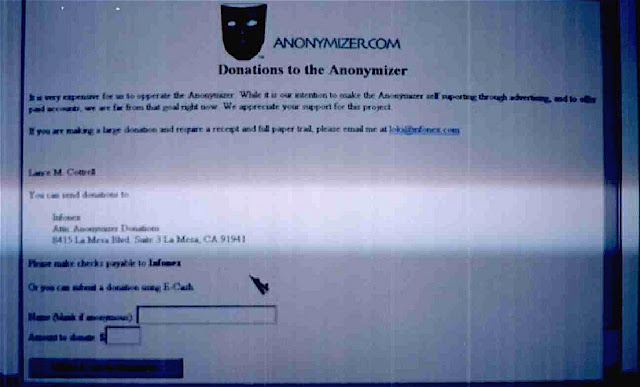Legal Checklist for Apps, Websites, and SaaS
by Sue Basko
If you are developing an app, starting a website, or planning to run a software as a service site, your project has special legal needs. Legal work should be included in your budget. You should have a lawyer working with you from the earliest phases of your project and on through the life of the business.
One of the first major things to consider is coming up with a name that can be trademarked. This is crucial. Facebook would not be what it is without the trademarked name Facebook, and all its other trademarks, including the like icon and that particular shade of blue and the word facewhen used to denote a social website. Twitter started out as Twittr and had to wait to acquire the Twitter name from a previous owner.
You should work closely with a trademark lawyer to help you pick a name that can be trademarked. When I do this kind of work, I search databases and the internet. I combine what I find with my knowledge of trademark law to assess whether proposed name is likely to be able to be registered as a trademark for the goods or services it is to denote. To be registerable as a trademark, a name has to meet many requirements, including not creating confusion with other trademarks.
A registered trademark is a key component of a successful business. Most successful businesses start off with one registered trademark and move on to acquire many more. For example, Guitar Center is registered as a trademark for stores, but also has many more trademarks and categories for the website and various services.
Don’t come up with the name first and simply hope you will be able to register trademark on it. You can waste huge amounts of money on legal filings, products, packaging, advertising, etc., that you then must pay to do over again. Instead, work with a lawyer from the get-go in choosing a name.
Apps, SaaS and websites need a catchy, easy-to-spell, and unmistakable name. Preferably, you will be able to get a matching domain name, facebook page, twitter account and registered trademark. This is no small accomplishment.
Once the name has been chosen, have it registered by a trademark lawyer. The process takes about one year, but dibs on the name refer back to the date of filing. Don’t try to register trademark on your own or using one of those do-it-yourself websites. There are many phases of the trademark process and making the application is just the beginning. The Trademark Office database is overwhelmingly stuffed with dead trademark registrations that failed because the do-it-yourselfer did not know how to handle the challenges from the examiner that inevitable come 6 – 8 months into the process. Just have a lawyer do it.
The next consideration is getting a patent or copyright on your app, or web service. You also need a lawyer to do this. If yours cannot be patented, you need to consider if you are violating someone else’s patent and if so, do you need to get licensing from them.
Next, you will have your app or site and you will need design. That can be copyrighted. Any elements such as music or pictures must be licensed from the copyright owners, or must be created specially for you under a work for hire contract. You must have a lawyer draft that for you.
Next to consider is how you will collect money, taxes, and possibly import or export fees. If you cannot afford yet to build your own store, you will probably be selling off a pre-built store such as one by paypal, or selling on an existing site, such as Itunes. To sell off Itunes, you become a content provider. That’s something else where you can use legal help.
Next to consider are privacy laws. Also, if your product or service will allow users under age 13, you need to follow a very special set of rules regarding information gathering and use.
The next huge consideration is the Terms Of Service or Terms of Service and Use. The TOSU forms a binding contract between the service and the user. It must be written by a lawyer. Each TOSU will be different, according to the factors involved in that website, app, or SaaS. Most limit future legal costs by mandating binding arbitration as the ultimate dispute resolution and having the users revoke any right to class action suits. The TOSU will also specify ownership and usage of materials on the site and of those placed on the site by the users. The TOSU will also list acceptable and unacceptable behaviors and uses. The TOSU will usually reserve the right to revoke permission to use the site at any time for any or no reason.
Another legal consideration involves registering an agent with the DMCA list. In addition, Help and Remedies should be made available. These will grow with time and usage. There should always be a way for Users to contact the site.
All of these legal needs will grow as the website or app grows in usage. As problems arise, the TOSU will be tweaked by your lawyer to reflect those topics. New trademarks will be acquired, new services may be offered.
There will always be legal issues that arise in any business, and especially in a software-based business. You will always need good lawyers to help you. You should consider this a crucial part of your budgeting and planning, right from the start.



























